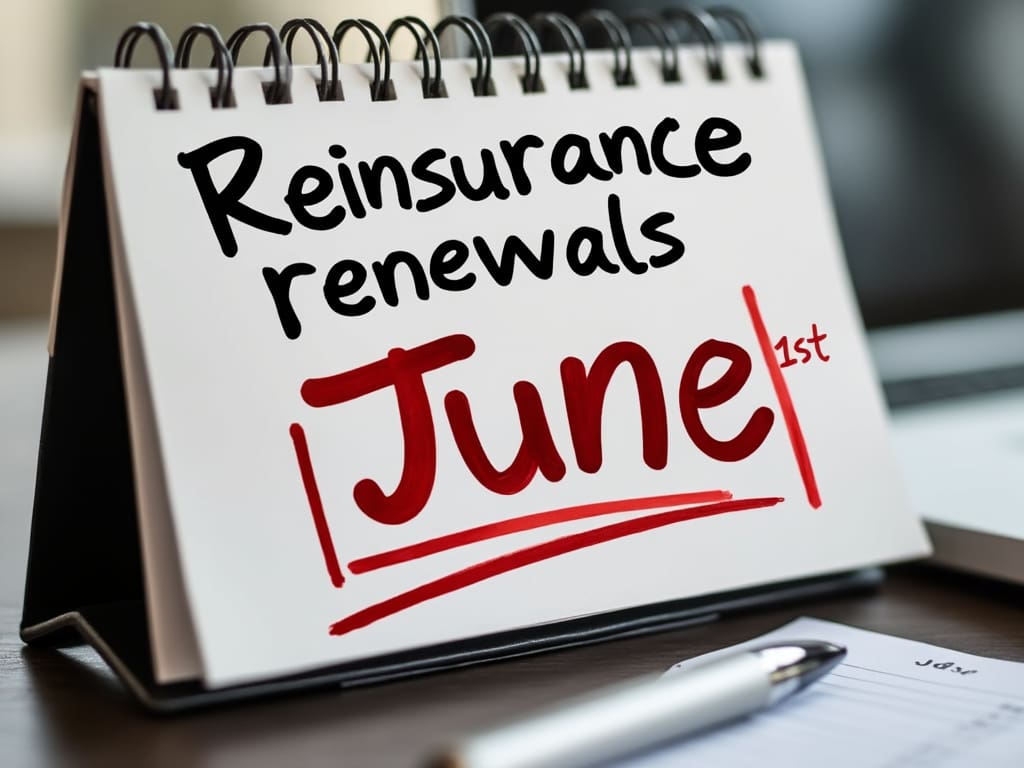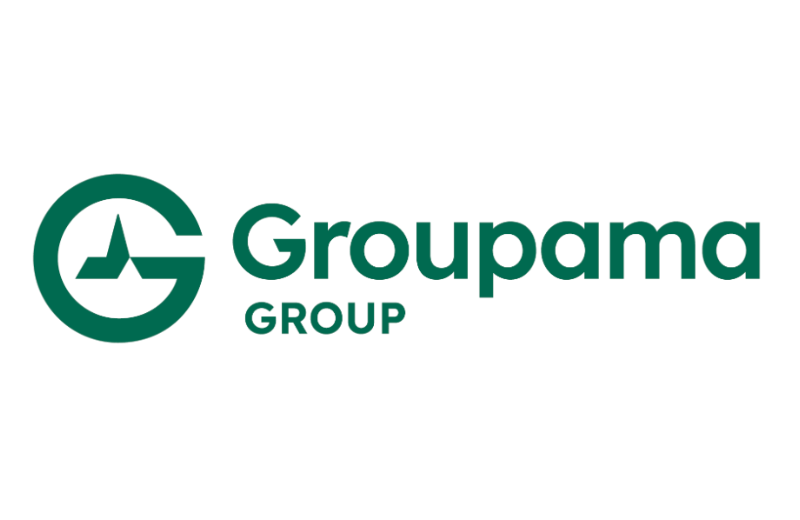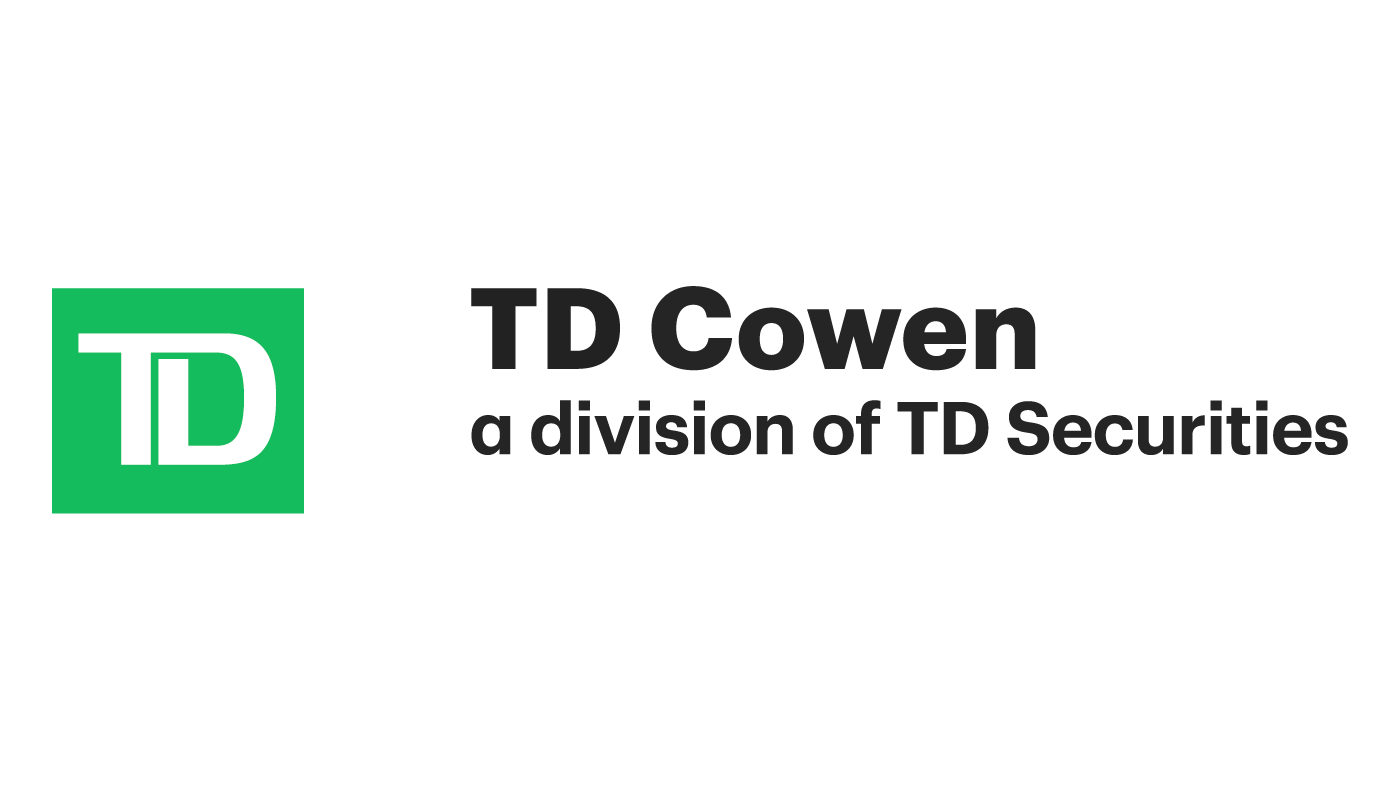
Analysts from KBW have said that reinsurance executives they met with recently are mostly expecting the June 1 renewals to see property catastrophe rates down around 10% on a risk-adjusted basis, but with significant variation by layer and top-layers where catastrophe bonds and industry-loss warranties (ILWs) sit to see larger declines.The KBW analysts say the consensus was for an average risk-adjusted property catastrophe reinsurance rate decrease of around 10%, with some slightly bigger decreases expected for Florida specific risks, likely given the higher-starting point there and the perceived improvements in that market.At the same time, the reinsurance executive view is that all-important terms, conditions and attachment points will once again remain largely unchanged.As a result, KBW’s analysts believe underwriting profitability can remain strong, under the anticipated property cat pricing and term environment.
With around two-thirds of renewals for June 1st already placed, the expectation is that things will not change over the coming days, so this also provides a reasonable forecast for what will be seen at July 1st as well.However, it’s worth noting that we have heard some nationwide renewals that feature more secondary peril protection being written, could see lesser declines than more hurricane exposed towers.KBW’s analysts said, “We think current market dynamics still imply favorable market conditions (one executive characterized the current environment as a “softening hard market”) and we expect reinsurers to try to at least maintain their respective shares at June 1.” While the averages imply a rate decline that would have been anticipated, under the well-capitalised reinsurance market conditions we see today and given where we’ve reported catastrophe bond pricing dynamics to be, there is “significant” variation in outcomes between lower and upper-layers of property catastrophe reinsurance towers, KBW said.
Lower layer pricing is expected to be flattish, while in Florida for layers above the FHCF the outcome is more likely to be rate declines of between 10% and 20%, or even more, KBW reports.Decreases are expected to accelerate at the top of the catastrophe towers, where competition is at its keenest and insurance-linked securities (ILS) capacity from the catastrophe bond market most typically ventures.Positively though, KBW’s analysts report that they heard there is more demand in some of the lower layers, which as this the area of the tower facing the least price erosion is positive for those deploying capital there.
Demand has continued to rise elsewhere in the risk tower too, fuelled in part by new Florida start-up insurers and greater depopulation from Florida Citizens.However, when it comes to catastrophe bonds and ILS instruments such as industry-loss warranties (ILWs), this is where some of the steepest price declines are expected by the reinsurance executives KBW spoke with.Interestingly, they expect 20% to 50% price declines, especially for industry-loss trigger instruments.
However, , the average across cat bonds issued in the current quarter is actually up slightly on the first-quarter 2025 at this time, implying some pricing stability in the 144A cat bond marketplace.While on the full-year 2024 average multiple-at-market.It’s certainly true though that industry-loss trigger cat bonds have seen spread multiples come down more than indemnity structures, a trend that has been in place for over a year now.
While , which we poll at the start of quarters, suggested declines for Q2, but not as steep as KBW’s analysts are hearing (so perhaps we will revise that down in time).Looking ahead to the January 2026 reinsurance renewals, KBW said executives anticipate further declines unless industry capital is eroded by meaningful losses, or some other market dynamic.“Barring a major 2025 hurricane or other catastrophe (quantified at $90-$100 billion), most executives expect price reductions (we heard anywhere from down 5% to down 15%) to persist through January 2026 renewals, reflecting persistently-elevated capacity,” the analysts explained.
Reinsurance sector capital will keep building, with returns-on-equity anticipated to add tens of billions by year-end, while further flows to the catastrophe bond and ILS fund market, as well as other third-party capital structures, are likely to build capacity further, absent major loss activity.On executive did say some capital outflows are possible should January 2026 property catastrophe reinsurance renewal rates decline in the double-digits again.But even then, reinsurance underwriting will still be profitable, depending on loss activity, if the all-important terms and attachments are held firm, it seems.
KBW concluded, “In our view, rate decreases persisting through January 2026 imply inevitably lower reinsurer returns, although maintained terms and conditions and stable attachment points probably still point to good-enough returns leading reinsurers to broadly maintain their respective market shares.”.All of our Artemis Live insurance-linked securities (ILS), catastrophe bonds and reinsurance can be accessed online.Our can be subscribed to using the typical podcast services providers, including Apple, Google, Spotify and more.
Publisher: Artemis








